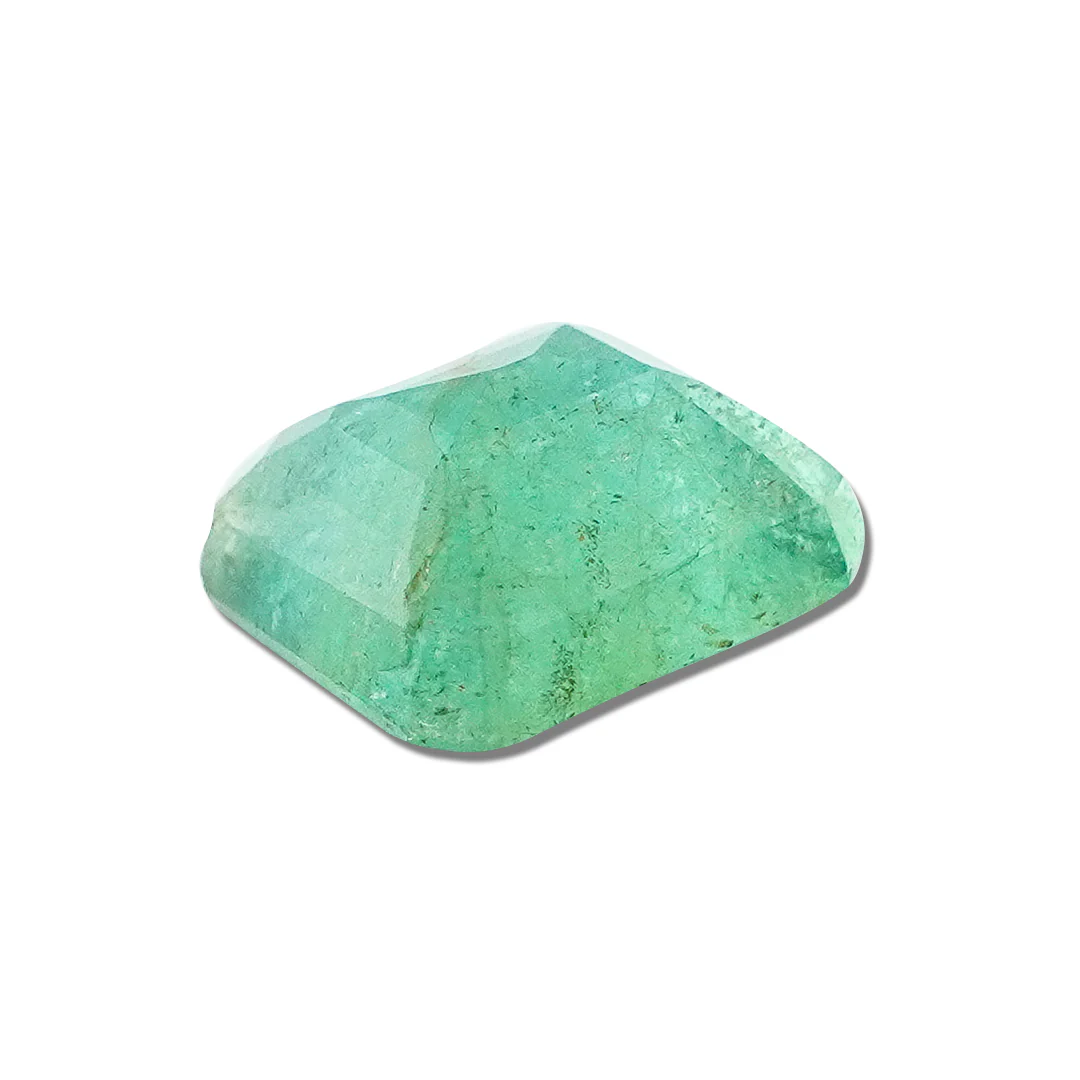Introduction to Khatu Shyam Temple:
Nestled in the heart of Rajasthan, the Khatu Shyam Temple stands as a beacon of devotion and spirituality. This sacred shrine, dedicated to Baba Shyam (an incarnation of Lord Krishna), draws thousands of devotees from across India and beyond. The temple’s rich history, architectural beauty, and the profound faith it inspires make it a must-visit destination for spiritual seekers and curious travelers alike.
History and Legend
The Khatu Shyam Temple has a fascinating history that dates back centuries. Legend has it that the temple was built around the samadhi (final resting place) of Barbareek, a great warrior and grandson of Bhima from the Mahabharata. According to mythology, Barbareek promised Lord Krishna to be a spectator in the Mahabharata war and offered his head as a sacrifice. Impressed by his devotion, Krishna granted him a boon that he would be worshipped in the Kaliyuga.
This legend forms the foundation of the Khatu Shyam Temple, where Barbareek is worshipped as Shyam Baba. The temple’s construction is believed to have taken place in the 11th century, with subsequent renovations and expansions over the years.
Architecture and Design
The Khatu Shyam Temple showcases a blend of Rajasthani and North Indian architectural styles. Its towering spires, intricate carvings, and ornate facades are a testament to the skilled craftsmanship of the region. The main shrine houses the idol of Baba Shyam, which is said to be self-manifested (swayambhu).
Key architectural features include:
- The grand entrance gate (Singh Dwar)
- Spacious courtyard
- Intricately carved pillars and arches
- Beautiful frescoes depicting scenes from Hindu mythology
- A large water tank for ritual bathing
The temple complex also includes several smaller shrines dedicated to other deities, creating a comprehensive spiritual experience for visitors.
Rituals and Festivals
The Khatu Shyam Temple is alive with daily rituals and periodic festivals that attract devotees from far and wide. Some of the most significant events include:
- Daily Aarti: Performed multiple times a day, the aarti is a beautiful ceremony of light and devotion.
- Mangla Aarti: The early morning aarti, considered highly auspicious.
- Shayan Aarti: The evening aarti, after which the temple doors close for the night.
- Phalguna Mela: A grand fair held annually in February-March, drawing millions of devotees.
- Guru Purnima: Celebrated with special pujas and cultural programs.
- Janmashtami: Lord Krishna’s birthday is observed with great fervor at the temple.
Devotees often offer prasad, perform abhishek (ritual bathing of the deity), and seek blessings from Baba Shyam.
How to Reach Khatu Shyam Temple
The Khatu Shyam Temple is located in Khatu village, Sikar district, Rajasthan. Here are the various ways to reach the temple:
- By Air: The nearest airport is Jaipur International Airport, about 80 km away. From there, you can take a taxi or bus to Khatu.
- By Train: Ringas Junction is the nearest railway station, about 8 km from the temple. Regular trains connect Ringas to major cities like Delhi, Jaipur, and Bikaner.
- By Road: Khatu is well-connected by road to major cities in Rajasthan. Regular buses ply from Jaipur, Sikar, and other nearby towns.
Best Time to Visit
While the Khatu Shyam Temple is open year-round, the best time to visit depends on your preferences:
- October to March: The winter months offer pleasant weather, ideal for exploring the temple and surrounding areas.
- February-March: If you want to experience the grand Phalguna Mela, plan your visit during this time.
- July to September: The monsoon season brings relief from the heat, but be prepared for occasional rain showers.
Avoid the peak summer months (April to June) if possible, as temperatures can soar to uncomfortable levels.
Accommodation Options
Khatu offers a range of accommodation options to suit different budgets and preferences:
- Dharamshalas: Many affordable, basic accommodations are available near the temple for pilgrims.
- Guest Houses: Several guest houses offer comfortable stays at reasonable prices.
- Hotels: A few hotels in Khatu and nearby Ringas provide more upscale accommodation options.
- Nearby Cities: For a wider range of choices, consider staying in Sikar or Jaipur and making a day trip to the temple.
Conclusion
The Khatu Shyam Temple offers a unique blend of spiritual enlightenment, historical significance, and architectural beauty. Whether you’re a devout pilgrim or a curious traveler, a visit to this sacred shrine promises a memorable experience. As you plan your journey to the Khatu Shyam Temple, remember to approach it with an open heart and mind, ready to immerse yourself in the rich tapestry of Indian spirituality and culture.
FAQs about Khatu Shyam Temple:
Q1: What are the temple timings?
Ans: The Khatu Shyam Temple is open from 5:30 AM to 10:00 PM daily.
Q2: Is photography allowed inside the temple?
Ans: Photography is generally not allowed inside the main shrine but may be permitted in the outer areas. Always check with temple authorities.
Q3: What should I wear when visiting the temple?
Ans: Modest attire is recommended. Men should wear shirts and long pants, while women should opt for conservative clothing that covers shoulders and knees.
Q4: Are there any specific rules to follow inside the temple?
Ans: Remove your shoes before entering, maintain silence, and follow the queue system. Avoid carrying valuables or prohibited items.
Q5: Can non-Hindus visit the Khatu Shyam Temple?
Ans: Yes, the temple welcomes visitors of all faiths, but respect for local customs and traditions is expected.
Q6: Is there a fee to enter the temple?
Ans: Entry to the temple is free, but donations are accepted.
Q7: Are there guides available at the temple?
Ans: While official guides may not be available, many local devotees are happy to share information about the temple’s history and significance.




























